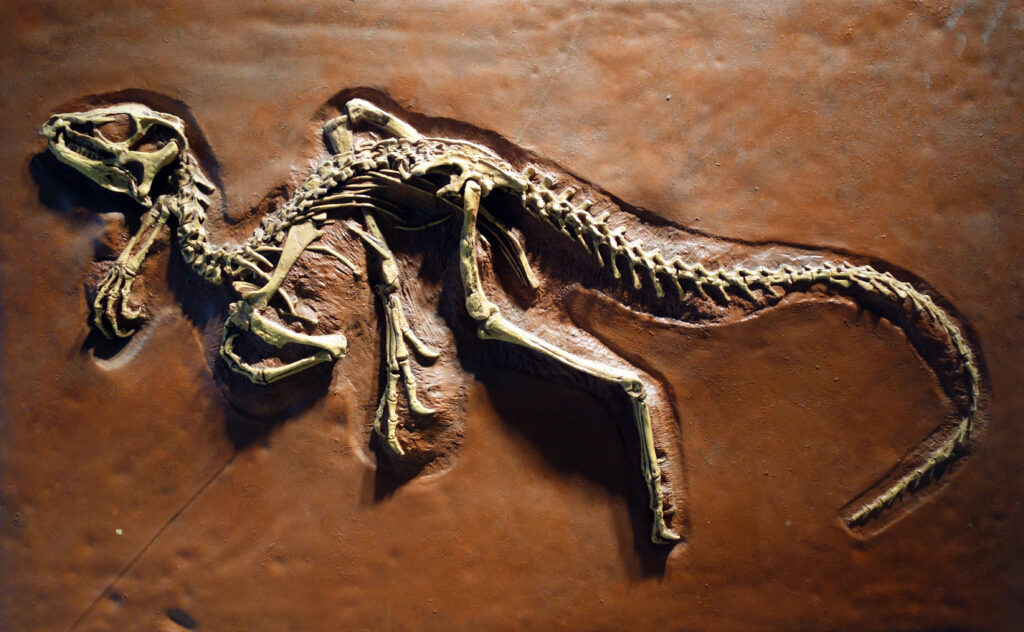In paleontology, few scientists have contributed as significantly to our understanding of dinosaur evolution as Xu Xing. This Chinese paleontologist has revolutionized our conception of dinosaurs, particularly through his groundbreaking discoveries of feathered dinosaur fossils in China. His work has fundamentally reshaped scientific understanding of the relationship between dinosaurs and birds, providing crucial evidence for the evolutionary link between these groups. With over 60 new dinosaur species, Xu has earned his place as one of the most prolific dinosaur hunters in history, changing our perception of these ancient creatures forever.
Early Life and Academic Journey
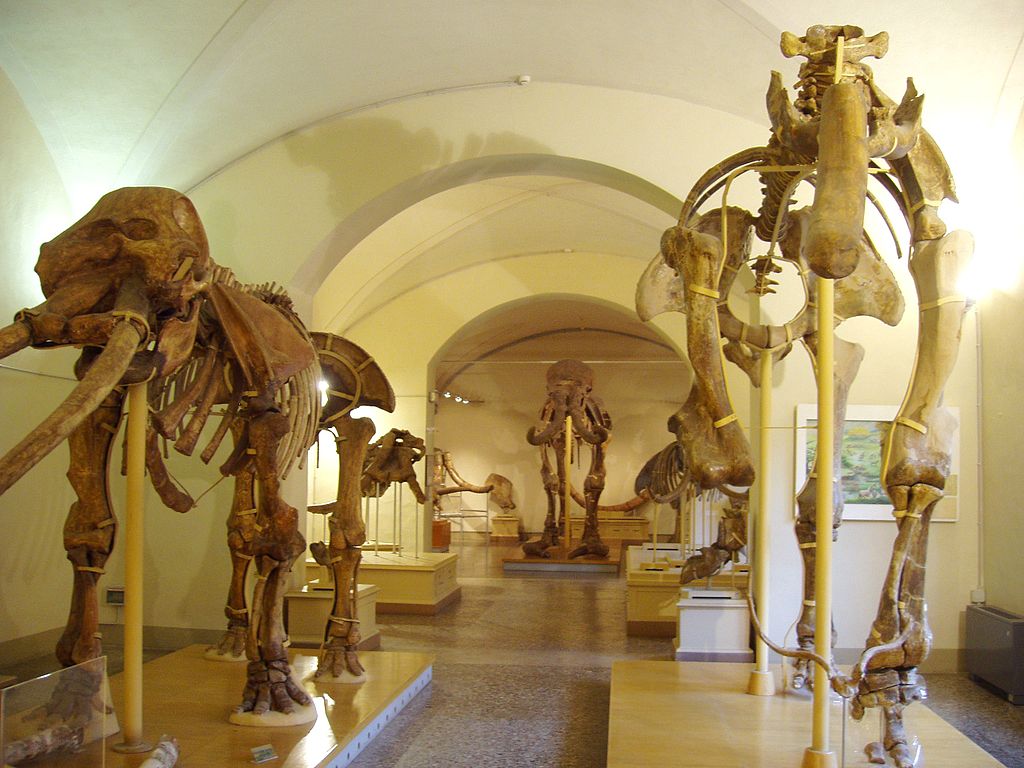
Born in 1969 in Xinjiang, China, Xu Xing’s path to paleontology was anything but conventional. Initially intending to study economics at university, a chance reassignment led him to the field of paleontology at the Institute of Vertebrate Paleontology and Paleoanthropology (IVPP) in Beijing. This fortuitous redirect would ultimately alter the course of dinosaur research worldwide. Xu earned his bachelor’s degree from Peking University and later completed his Ph.D. in 2001 with research focused on the evolutionary relationship between birds and theropod dinosaurs. His academic journey was marked by persistence and intellectual curiosity, traits that would serve him well in his future fossil-hunting expeditions. What began as an unexpected career path evolved into a lifelong passion that would lead to some of paleontology’s most significant discoveries.
The Liaoning Fossil Beds: A Paleontological Treasure Trove

Much of Xu’s groundbreaking work has centered around the exceptionally preserved fossils from the Liaoning Province in northeastern China. These fossil beds, primarily from the Early Cretaceous period, approximately 120-130 million years ago, offer an unprecedented glimpse into dinosaur evolution due to their remarkable preservation conditions. Unlike many fossil sites worldwide, Liaoning’s specimens often preserve soft tissue, including skin impressions, internal organs, and crucially, feathers. The fine-grained lake sediments that entombed these creatures, coupled with volcanic ash that rapidly buried them, created perfect conditions for preserving delicate structures typically lost to decomposition. This fossil lagerstätte (a sedimentary deposit with exceptional fossil preservation) has provided Xu with the raw materials for many of his most important discoveries, allowing him to document the evolutionary transition between dinosaurs and birds in unprecedented detail.
Sinosauropteryx: Changing Our View of Dinosaurs

In 1996, Xu was part of the team that studied Sinosauropteryx, the first non-avian dinosaur discovered with clear evidence of feather-like structures. Though he wasn’t the primary describer of this specimen, his research on it proved pivotal in understanding its significance. This small theropod dinosaur, approximately the size of a turkey, revealed primitive feather-like filaments covering its body structures that weren’t the complex flight feathers of modern birds but rather simple filamentous protofeathers. This discovery shattered the long-held image of dinosaurs as purely scaly creatures and suggested that feathers evolved before flight, likely originally serving functions such as insulation or display. Sinosauropteryx represented a watershed moment in paleontology, forcing scientists to reconsider what dinosaurs looked like and providing tangible evidence for the dinosaur-bird evolutionary connection that had been theorized since the 19th century.
Microraptor: The Four-Winged Dinosaur
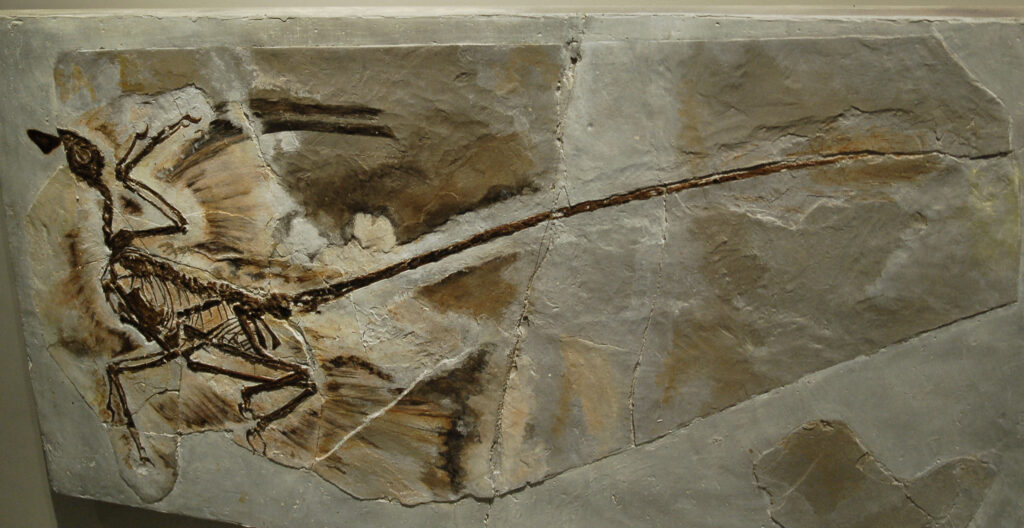
Among Xu’s most spectacular discoveries is Microraptor, a small dromaeosaurid dinosaur that sported feathers on all four limbs. First described by Xu in 2003, this crow-sized predator exhibited long flight feathers not only on its arms but also on its legs, effectively creating a four-winged configuration unlike any living bird. The discovery prompted intense scientific debate about the evolution of flight in vertebrates. Xu proposed that Microraptor might have used its four wings to glide between trees in a phased succession of movements, suggesting a “trees-down” model for the evolution of flight rather than the competing “ground-up” hypothesis. The exquisite preservation of this specimen allowed Xu’s team to analyze the structure and arrangement of the feathers in detail, revealing that they were asymmetrical—a feature associated with aerodynamic function in modern birds. Microraptor has become one of the most important transitional fossils documenting the dinosaur-bird evolutionary pathway.
Yi qi: The “Strange Wing” Dinosaur
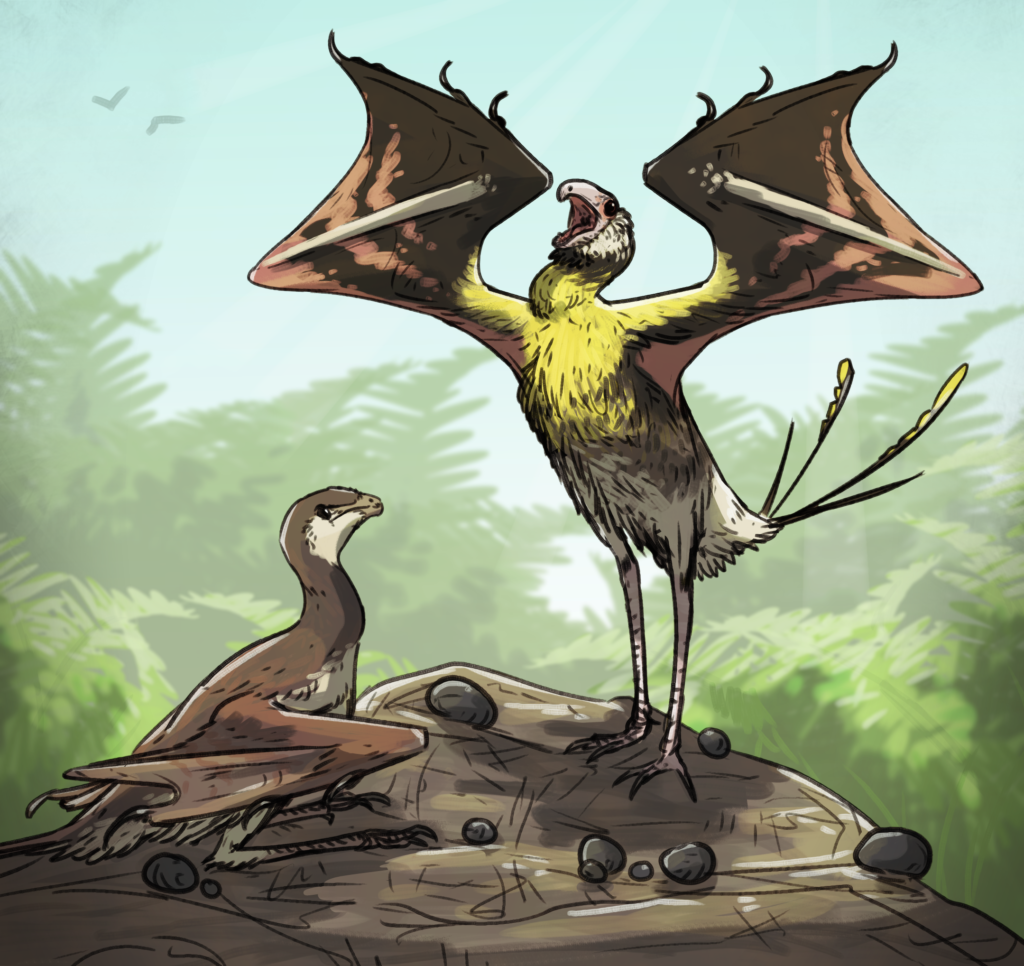
In 2015, Xu described one of his most bizarre discoveries: Yi qi (pronounced “ee chee”), a small theropod dinosaur with bat-like membranous wings. The creature’s name means “strange wing” in Mandarin, an apt description for this peculiar animal. Unlike other feathered dinosaurs, Yi qi possessed a long, rod-like bone extending from each wrist that appears to have supported a membrane used for gliding or some form of flight. This completely unexpected anatomical feature had never been seen in any other dinosaur and represented a previously unknown experimental pathway in dinosaur evolution. The discovery demonstrated that dinosaurs evolved diverse flight strategies beyond the feathered wings that eventually led to modern birds. Yi qi exemplifies the unpredictable nature of evolution and highlights how many evolutionary experiments occurred among dinosaurs as they explored aerial locomotion. This finding further cemented Xu’s reputation for discovering specimens that challenge conventional understanding of dinosaur evolution.
Yutyrannus: The Feathered Tyrant

In 2012, Xu unveiled Yutyrannus huali, a game-changing discovery that rocked the paleontological world. At approximately 30 feet long and weighing over a ton, this massive tyrannosauroid dinosaur shattered the assumption that only smaller dinosaurs possessed feathers. The name Yutyrannus means “feathered tyrant,” reflecting its position as the largest known, definitively feathered dinosaur. The discovery of this creature, which lived approximately 125 million years ago during the Early Cretaceous period, suggested that even the notorious Tyrannosaurus rex might have sported some form of feathery covering. The feathers preserved on Yutyrannus appeared to be primitive filamentous structures, potentially serving as insulation in what was then a relatively cool climate in northern China. This discovery demonstrated that feathers were more widespread among theropod dinosaurs than previously thought, extending to large-bodied species and various branches of the dinosaur family tree.
Scientific Methodology and Field Techniques

Xu’s success stems not only from the rich fossil beds of China but also from his meticulous methodology and innovative field techniques. Unlike many Western paleontologists who lead large expeditions, Xu often works with smaller teams, developing close relationships with local fossil hunters who know the terrain intimately. This approach has proven remarkably effective, enabling him to access specimens that might otherwise remain undiscovered. Once fossils are collected, Xu employs cutting-edge analytical techniques, including CT scanning and microscopic analysis of feather structures, to extract maximum information from each specimen. He frequently collaborates with international teams, bringing diverse expertise to bear on complex research questions. His methodical documentation of anatomical features, particularly focusing on the transitional characteristics between reptilian and avian traits, has created a comprehensive picture of dinosaur-bird evolution that would otherwise be impossible from more fragmentary evidence.
Impact on Evolutionary Theory

Xu Xing’s discoveries have profoundly impacted evolutionary theory, particularly regarding the dinosaur-bird transition and the evolution of flight. His work has provided abundant physical evidence for a theory first proposed by Thomas Henry Huxley in the 1860s—that birds evolved from theropod dinosaurs. Through the documentation of numerous transitional fossils, Xu has helped illustrate the gradual acquisition of avian characteristics in dinosaur lineages. His findings support the view that many features once considered unique to birds, such as feathers, wishbones, and air-filled bones, actually evolved in their dinosaurian ancestors for functions unrelated to flight. This exemplifies the evolutionary concept of exaptation, where structures evolved for one purpose are later co-opted for another. Furthermore, the diversity of feathered dinosaurs Xu has discovered demonstrates that evolution often proceeds through multiple experiments rather than in a single, linear pathway. His research has transformed birds from being viewed as distinct, special creatures to being recognized as highly specialized dinosaurs—the only dinosaur lineage to survive the mass extinction event 66 million years ago.
Challenges and Controversies
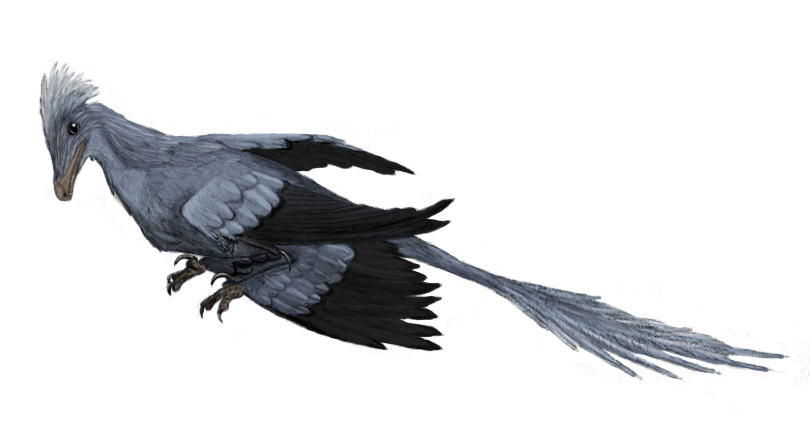
Despite his remarkable achievements, Xu’s career has not been without challenges and controversies. The fossil market in China presents significant ethical dilemmas, with commercial collectors often excavating specimens illegally and without proper scientific documentation. Xu has navigated these troubled waters by developing relationships with collectors while advocating for stronger protection of fossil resources. Some of his interpretations have faced scientific skepticism, particularly regarding the function of structures in extinct animals. The four-winged gliding hypothesis for Microraptor, for example, sparked debate among paleontologists studying flight evolution. Additionally, as with many scientists making revolutionary claims, some of Xu’s early findings about feathered dinosaurs met resistance from paleontologists committed to more traditional views of dinosaur appearance and physiology. There have also been controversies surrounding the naming and description of certain specimens, reflecting the competitive nature of paleontological discovery. Nevertheless, the overwhelming physical evidence Xu has accumulated has ultimately vindicated many of his interpretations.
Global Recognition and Scientific Honors

Xu’s exceptional contributions to paleontology have earned him international acclaim and numerous prestigious awards. He has been recognized as one of the most influential scientists globally, with publications in top journals including Nature and Science. In 2016, he received the Qiu Shi Outstanding Scientist Award, one of China’s highest scientific honors. The international scientific community has acknowledged his contributions through fellowships in organizations like the American Association for the Advancement of Science. Perhaps most tellingly, multiple dinosaur species have been named in his honor by fellow paleontologists, including Xunmenglong yingliangis and Xixiasaurus henanensis—a form of recognition reserved for the most respected figures in the field. Beyond formal accolades, Xu’s work frequently appears in major media outlets worldwide, bringing his discoveries to public attention and highlighting the importance of Chinese paleontology on the world stage. His research has been featured in documentaries produced by National Geographic, BBC, and other major networks, cementing his position as one of paleontology’s most prominent figures.
Mentorship and Building China’s Paleontological Community

Beyond his discoveries, Xu has made significant contributions to Chinese paleontology through mentorship and institution building. As a professor at the Institute of Vertebrate Paleontology and Paleoanthropology in Beijing, he has trained a generation of Chinese paleontologists who are now making their important discoveries. His laboratory has become an international hub for the study of dinosaur-bird evolution, attracting students and researchers from around the world. Xu has worked diligently to improve scientific facilities and practices in China, helping transform the country from a source of fossils studied primarily by Western scientists to a leading center for paleontological research. He has emphasized the importance of keeping significant Chinese fossils in Chinese institutions while simultaneously fostering international collaboration. Through workshops, conferences, and joint expeditions, Xu has built bridges between Chinese paleontologists and the global scientific community. His efforts have helped establish China as a powerhouse in vertebrate paleontology, with research capabilities matching or exceeding those of traditional Western centers of dinosaur research.
Public Engagement and Fossil Conservation

Recognizing that public understanding is crucial for fossil conservation, Xu has dedicated considerable energy to public education and outreach. He regularly gives public lectures and interviews, explaining complex evolutionary concepts in accessible terms. His work has featured prominently in museum exhibitions throughout China and internationally, bringing his feathered dinosaur discoveries to millions of visitors. These efforts have helped generate public interest in paleontology and support for fossil protection measures. Xu has been a vocal advocate for stronger legal protections for fossil sites and stricter regulations on fossil collecting and trading. He has worked with government authorities to develop policies that balance scientific research needs with conservation imperatives. By highlighting the scientific importance of China’s fossil resources, Xu has helped foster national pride in these natural treasures and encouraged their preservation for future generations of researchers. His public advocacy represents an important dimension of his work beyond pure research, contributing to the long-term sustainability of paleontological science.
Future Research Directions
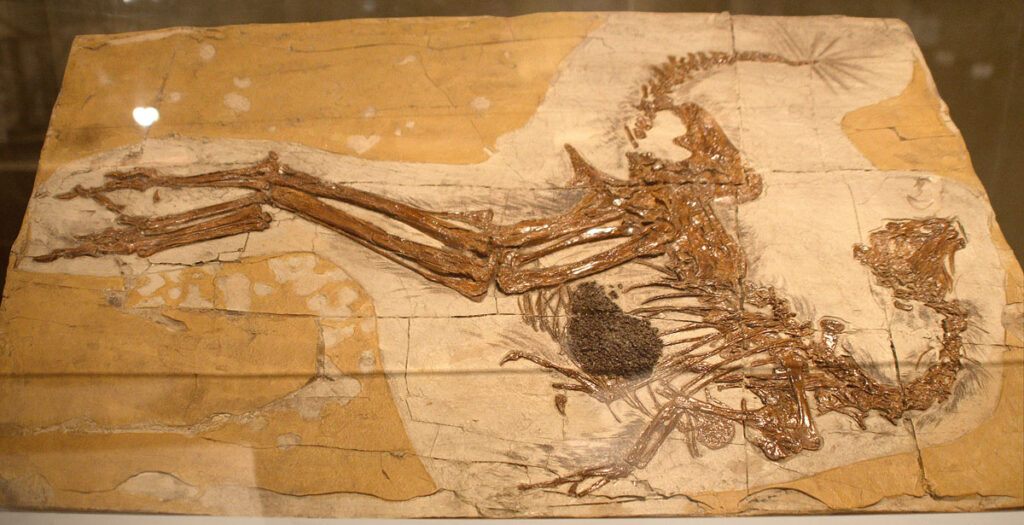
As Xu continues his illustrious career, several promising research directions lie ahead. He has expressed interest in exploring earlier periods of dinosaur evolution to understand the origins of feathers and other avian characteristics. The Middle and Early Jurassic periods, still relatively unexplored in China, may hold crucial fossils documenting earlier stages of theropod evolution. Xu is also incorporating new technologies into his research, including advanced imaging techniques that can reveal chemical traces of original biological molecules in fossils. Molecular paleontology offers the potential to understand the genetic basis for the evolution of feathers and other avian traits. Additionally, Xu has begun investigating the ecological context of dinosaur evolution more deeply, examining how environmental factors influenced the development of feathers and flight capabilities. By broadening his focus beyond individual specimens to ecosystems and evolutionary patterns, Xu aims to develop a more comprehensive understanding of dinosaur evolution. His ongoing work promises to continue reshaping our understanding of dinosaurs and the origin of birds for years to come.
Legacy and Contribution to Paleontology

Xu Xing’s legacy in paleontology is already secure as one of the most significant contributors to understanding dinosaur evolution in the 21st century. His discoveries have permanently transformed our image of dinosaurs from scaly reptiles to feathered creatures, many with striking similarities to modern birds. The volume and quality of specimens he has studied offer an unprecedented window into a crucial evolutionary transition. Perhaps most importantly, Xu’s work represents a shift in the geography of paleontological research, with China emerging as a central player in a field historically dominated by Western institutions. He has demonstrated that significant scientific breakthroughs can emerge from anywhere, given the right conditions: rich fossil resources, dedicated researchers, and institutional support. For generations to come, textbooks on dinosaur evolution will feature Xu’s discoveries prominently, and museums worldwide will display the remarkable feathered dinosaurs he brought to light. His research has not merely added details to our understanding of the past—it has fundamentally reshaped how we visualize an entire group of animals that dominated Earth for over 160 million years.
Xu Xing’s Impact on Paleontology and Evolutionary Science
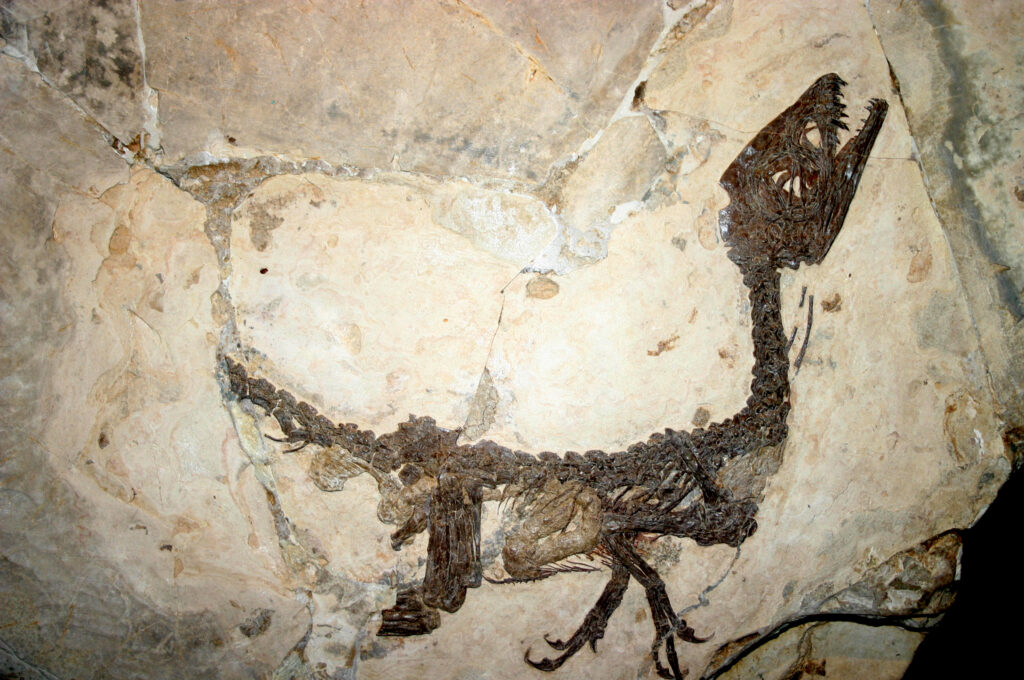
The story of Xu Xing illustrates how one scientist’s work can transform our understanding of life’s history. From his unexpected entry into paleontology to his current position as one of the field’s most influential figures, Xu has consistently pushed the boundaries of knowledge through meticulous research and groundbreaking discoveries. His work on feathered dinosaurs has provided concrete evidence for evolutionary processes and connections that were previously theoretical. As new generations of paleontologists build upon his findings, Xu’s contributions will continue to inform our understanding of dinosaurs, birds, and the processes that drive evolutionary change. In bridging East and West through international scientific collaboration, he has helped create a truly global approach to unraveling Earth’s prehistoric past.

